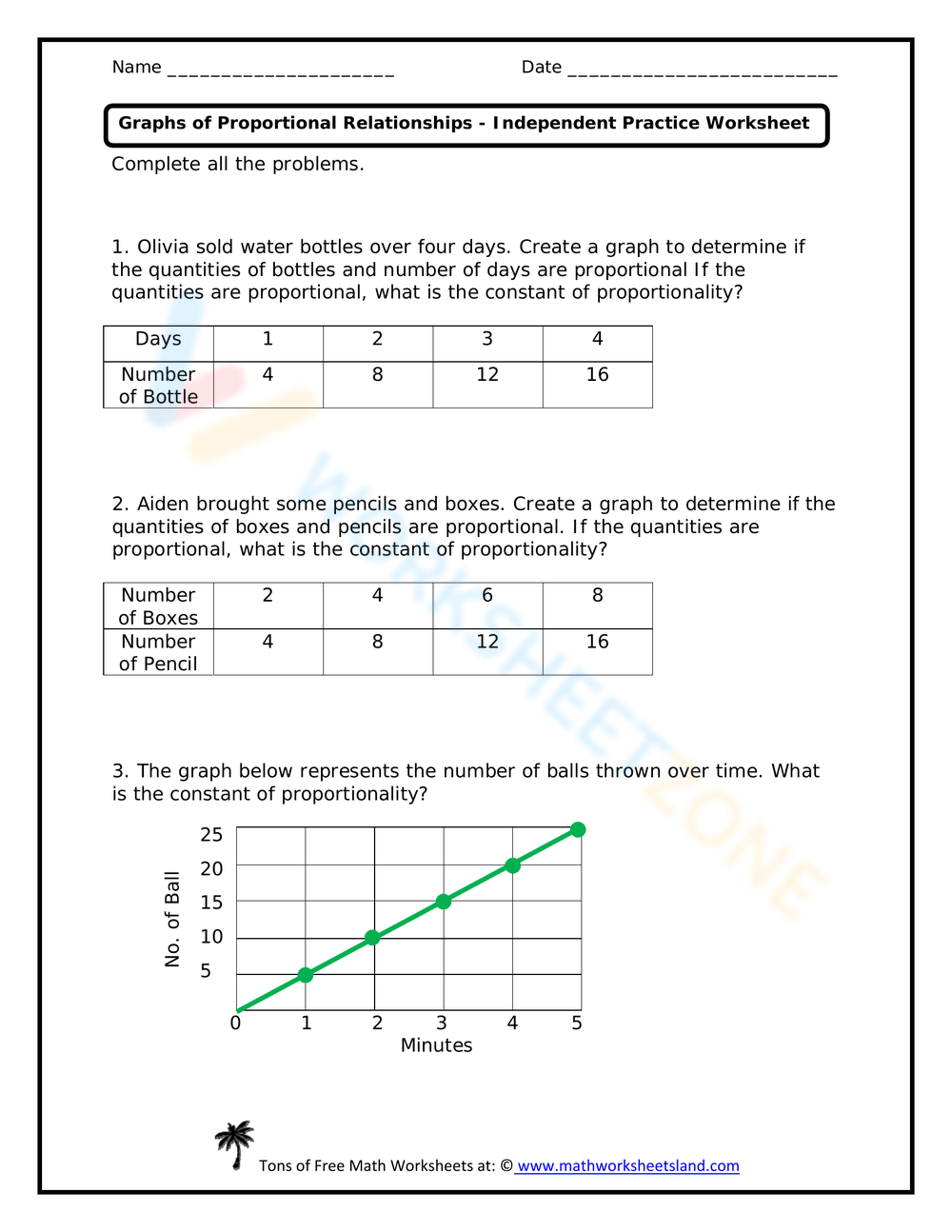Northeast Ohio Thunderstorms: Weather Alerts And Power Outages

Table of Contents
Understanding Northeast Ohio Thunderstorm Patterns
Northeast Ohio's geography plays a significant role in thunderstorm development. The proximity to Lake Erie contributes to the infamous "lake effect," where cold air masses moving over the warmer lake pick up moisture, leading to increased instability and the potential for intense thunderstorms, especially during the fall and early winter months. The region's varied terrain, with hills and valleys, can also influence storm formation and intensity, creating localized areas of heavier rainfall and stronger winds.
Seasonal Trends: Thunderstorms are most frequent in Northeast Ohio during the late spring, summer, and early fall months (May-September), coinciding with periods of higher temperatures and atmospheric moisture. However, lake-effect thunderstorms can occur outside of this timeframe.
Types of Thunderstorms: The region experiences various thunderstorm types, including:
- Supercells: These are long-lived, rotating thunderstorms capable of producing large hail, damaging winds, and tornadoes. They are less common than other thunderstorm types but pose the greatest threat.
- Key Characteristics: Wind speeds exceeding 70 mph, hail larger than 1 inch in diameter, heavy rainfall, potential for tornadoes.
- Derecho: These are widespread, long-lived windstorms associated with a band of rapidly moving thunderstorms. They can cause extensive damage over a large area.
- Key Characteristics: Damaging winds extending for hundreds of miles, straight-line wind damage, widespread tree damage and power outages.
- Ordinary Thunderstorms: These are the most common type, typically shorter-lived and less intense than supercells or derechos. They can still produce heavy rain, frequent lightning, and gusty winds.
- Key Characteristics: Wind gusts up to 40 mph, moderate rainfall, frequent lightning strikes.
Weather Alerts and Warning Systems
Understanding the difference between weather alerts is vital. The National Weather Service (NWS) uses two primary alerts:
- Watch: A watch indicates that conditions are favorable for the development of severe thunderstorms. Stay informed and be prepared to take action.
- Warning: A warning means that severe thunderstorms are occurring or imminent. Take immediate action to protect yourself and your property.
Reliable Sources for Weather Information:
- National Weather Service (NWS): The primary source for accurate and timely weather information. Check their website or use their mobile app.
- Local News: Local television and radio stations provide up-to-date weather reports and alerts specific to your area.
- Reputable Weather Apps: Many weather apps offer detailed forecasts, alerts, and radar imagery. Ensure the app you choose utilizes data from reliable sources.
Interpreting Weather Alerts: Pay close attention to the specific details included in the alert, such as the affected area, the type of severe weather expected, and the timing of the event. The NWS provides clear and concise information to help you understand the level of risk.
Actions to Take During Different Alert Levels:
- Watch: Monitor the weather closely, review your emergency plan, and gather necessary supplies.
- Warning: Seek shelter immediately, avoid being outdoors, and unplug electronics.
- Advisory: Be aware of potential hazards, such as strong winds or heavy rain, and take appropriate precautions.
Preparing for Power Outages Caused by Northeast Ohio Thunderstorms
Power outages are a common consequence of severe thunderstorms in Northeast Ohio. Preparation is key to minimizing disruption.
Emergency Preparedness Kit: Assemble a kit that includes:
- Flashlights and extra batteries
- First-aid kit
- Bottled water and non-perishable food
- Battery-powered radio
- Medications
- Blankets
Communication Plan: Establish a communication plan with family members and neighbors in case of a widespread outage. Designate a meeting place and identify alternative communication methods (e.g., satellite phones).
Safe Places in Your Home: Identify a safe room or area in your home where you can shelter during a thunderstorm. Avoid windows and exterior walls.
Steps to Take Before, During, and After a Power Outage:
- Before: Unplug sensitive electronics to prevent damage from power surges. Charge all electronic devices.
- During: Stay indoors, away from windows. Monitor weather reports. Do not use generators inside.
- After: Report outages to your utility company. Avoid downed power lines. Check for damage to your property.
Protecting Electronics and Appliances
Surge protectors are crucial for protecting valuable electronics from power surges that can occur during thunderstorms. Unplug sensitive electronics such as computers, televisions, and other appliances before a storm hits to prevent damage. If you use a generator, follow all safety instructions carefully and never operate it indoors.
Dealing with Damage After a Northeast Ohio Thunderstorm
After a severe thunderstorm, assess your property for damage. Take photos and videos of any damage to support insurance claims.
- Reporting Damage: Contact your insurance company to report any damage to your home or property. Also, report significant damage to local authorities.
- Tree Removal: If trees are damaged or fall on your property, exercise caution when removing them. Do not attempt to remove trees that are near power lines. Contact a professional tree service for assistance.
- Downed Power Lines: Never approach or touch downed power lines. Report them immediately to your utility company.
Contact Information: Keep a list of emergency contacts readily available:
- Your utility company
- Local emergency services (911)
- Insurance company
Conclusion:
Northeast Ohio thunderstorms can bring significant challenges, but with proper preparation and awareness of weather alerts, you can minimize risks and disruption. By understanding the patterns of these storms, staying informed about weather warnings, and preparing for potential power outages, you can protect yourself, your family, and your property. Remember to stay informed about Northeast Ohio thunderstorms and always prioritize safety. Don't be caught off guard – prepare for the next Northeast Ohio thunderstorm today!

Featured Posts
-
 Isabelle Autissier L Urgence D Une Union Face Aux Defis Environnementaux
May 31, 2025
Isabelle Autissier L Urgence D Une Union Face Aux Defis Environnementaux
May 31, 2025 -
 Analyzing The Nintendo Switchs Relationship With Independent Developers
May 31, 2025
Analyzing The Nintendo Switchs Relationship With Independent Developers
May 31, 2025 -
 Before The Last Of Us Fame Kaitlyn Devers Underrated Crime Drama Performance
May 31, 2025
Before The Last Of Us Fame Kaitlyn Devers Underrated Crime Drama Performance
May 31, 2025 -
 Croque Monsieur Receta Facil Paso A Paso Para Principiantes
May 31, 2025
Croque Monsieur Receta Facil Paso A Paso Para Principiantes
May 31, 2025 -
 Bomberos Combaten Violento Incendio Forestal En Constanza
May 31, 2025
Bomberos Combaten Violento Incendio Forestal En Constanza
May 31, 2025
